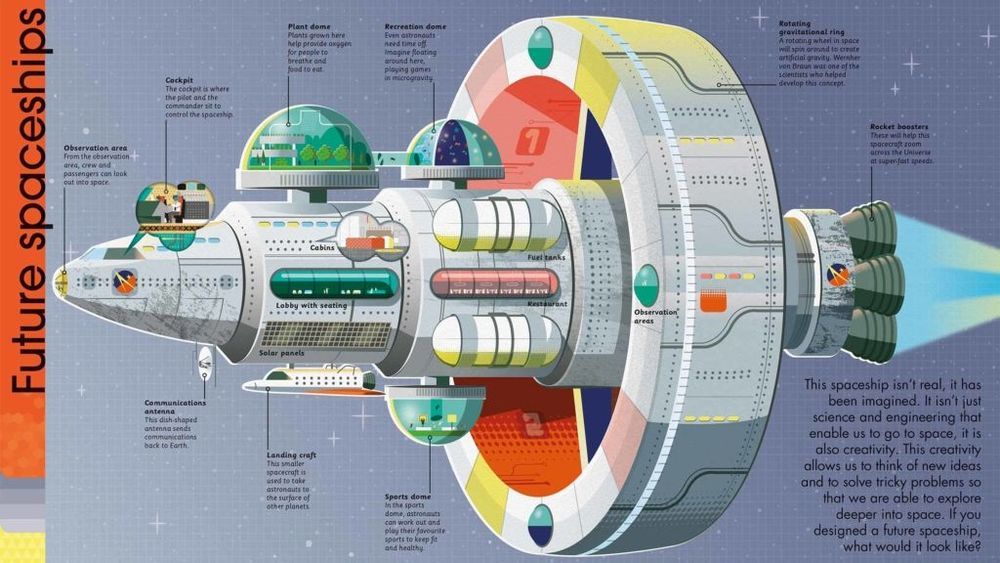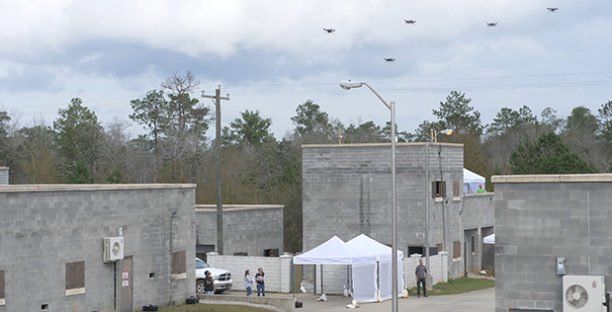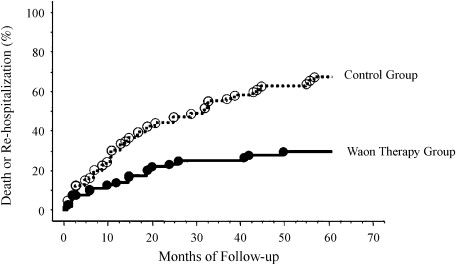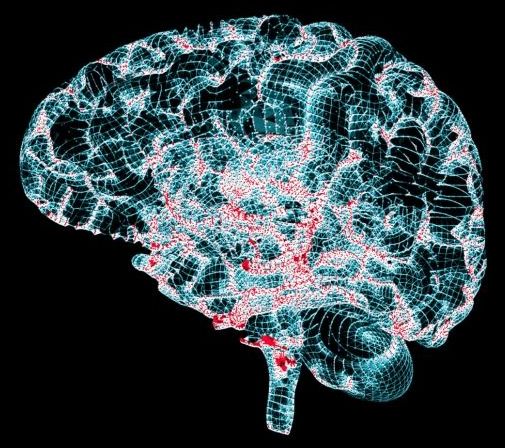Tushna Commissariat reviews The Space Race: the Journey to the Moon and Beyond by Sarah Cruddas.
Page 7858
Feb 3, 2020
Radical Life Extension in the Posthuman Era — Dr. Aubrey de Grey interviewed by Prof. Ferrando (NYU)
Posted by Paul Battista in category: life extension
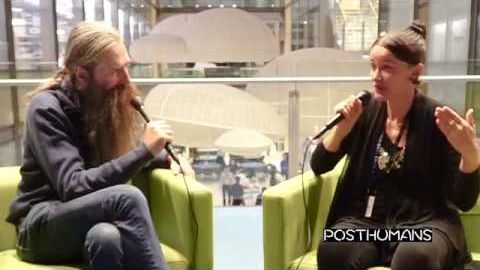
Vlog “Posthumans” — Episode 22
Dr. Francesca Ferrando (NYU) interviews Dr. Aubrey de Grey, (SENS Research Foundation). Recorded at Princeton University (US), November 2019. Video-grapher and video-producer: Julian Boilen.
Feb 3, 2020
Creating His Whole Apartment in VR
Posted by Shailesh Prasad in categories: habitats, virtual reality
Feb 3, 2020
Anti-solar panel can generate electricity at night, researchers say
Posted by Genevieve Klien in categories: solar power, sustainability
In order to develop solar panels that generate electricity at night, you just need them to operate in the exact opposite way solar panels work during the day.
Feb 3, 2020
OneWeb joins the satellite Internet gold rush this week
Posted by Genevieve Klien in categories: business, internet
It’s a model the company believes makes sense because the right answer for getting regulatory approval and delivering service in the United States or the Philippines or Indonesia will vary, Steckel said. “We’re going to be doing business with partners around the world,” Steckel said. “Our style is not confrontational. We’re using a different model. It’s a big world.”
OneWeb plans to offer its first customer demonstrations by the end of 2020 and provide full commercial global services in 2021.
Feb 3, 2020
How Drone Swarms May Save Urban Warriors
Posted by Genevieve Klien in categories: drones, military, robotics/AI
In the future of urban warfare, swarms of autonomous drones and ground vehicles will win battles before they even begin.
DARPA’s OFFensive Swarm-Enabled Tactics (OFFSET) program recently tested a swarm of 250 unmanned vehicles in a mock city at Camp Shelby Joint Forces Training Center in Mississippi.
Feb 3, 2020
Waon therapy improves the prognosis of patients with chronic heart failure
Posted by Quinn Sena in category: biotech/medical
We developed a Waon therapy (soothing warm therapy) and have previously reported that repeated Waon therapy improves hemodynamics, peripheral vascular function, arrhythmias, and clinical symptoms in patients with chronic heart failure (CHF). The aim of this study was to investigate the effect of Waon therapy on the prognosis of CHF patients.
We studied 129 patients with CHF in NYHA functional class III or IV who were admitted to our hospital between January 1999 and March 2001. In the Waon therapy group, 64 patients were treated with a far infrared-ray dry sauna at 60 °C for 15 min and then kept on bed rest with a blanket for 30 min. The patients were treated daily for 5 days during admission, and then at least twice a week after discharge. In the control group, 65 patients, matched for age, gender, and NYHA functional class, were treated with traditional CHF therapy. The follow-up time was scheduled for 5 years.
Recent, complete follow-up data on each patient were obtained. The overall survival rate was 84.5% (Kaplan–Meier estimate). Twelve patients died in the control group and 8 patients died in the Waon therapy group at 60 months of follow-up. Cardiac events due to heart failure or cardiac death occurred in 68.7% of the control group but only 31.3% of the Waon therapy group (P < 0.01) at 60 months of follow-up.
Feb 3, 2020
A reboot for chronic fatigue syndrome research
Posted by Quinn Sena in category: biotech/medical
Circa 2018
Research into this debilitating disease has a rocky past. Now scientists may finally be finding their footing.
Feb 3, 2020
USAF set to field StormBreaker on F-15E
Posted by Quinn Sena in categories: military, robotics/AI
The US Air Force (USAF) is expected to declare an initial operating capability (IOC) with the Raytheon Missile Systems GBU-53/B StormBreaker glide munition on the Boeing F-15E Strike Eagle multirole combat aircraft in the first half of this year, following compliance with a Required Assets Available (RAA) milestone, which is anticipated in the next few weeks.
The StormBreaker RAA is the pre-IOC benchmark capability to arm 12 USAF F-15Es with two, fully-loaded (four weapons) BRU-61/A carriage systems each for 1.5 sorties (144 assets total).
Optimised to address moving battlefield targets, StormBreaker — formerly designated ‘Small Diameter Bomb II’ — is a 250 lb-class, air-launched unpowered glide weapon system furnished with a unique tri-mode seeker, which combines millimetre wave (MMW) radar, imaging infrared (IIR), and semi-active laser (SAL) sensors with a GPS/inertial navigation system (INS) autopilot (the provider for which is undisclosed) for precision accuracy in adverse weather conditions. The seeker’s optical dome is protected by a clamshell shroud, which is jettisoned before the seeker is activated. A Rockwell Collins TacNet bi-directional dual-band datalink enables Joint Tactical Information Distribution System (JTIDS) connectivity with aircraft and an ultra-high frequency (UHF) link with a ground designator.
Feb 3, 2020
Early Life Experiences Biologically and Functionally Mature the Brain
Posted by Xavier Rosseel in categories: biological, education, health, neuroscience
Experiences early in life have an impact on the brain’s biological and functional development, shows a new study by a team of neuroscientists. Its findings, which centered on changes in mice and rats, reveal how learning and memory abilities may vary, depending on the nature of individual experiences in early life.
“The implications of this are many, including environmental influences on mental health, the role of education, the significance of poverty, and the impact of social settings,” says Cristina Alberini, a professor in New York University’s Center for Neural Science and the senior author of the paper, which appears in the journal Nature Communications.
“These results also offer promise for potential therapeutic interventions,” add Alberini and Benjamin Bessières, an NYU postdoctoral researcher and the paper’s co-lead author. “By identifying critical time periods for brain development, they provide an indicator of when pharmaceutical, behavioral or other type of interventions may be most beneficial.”
